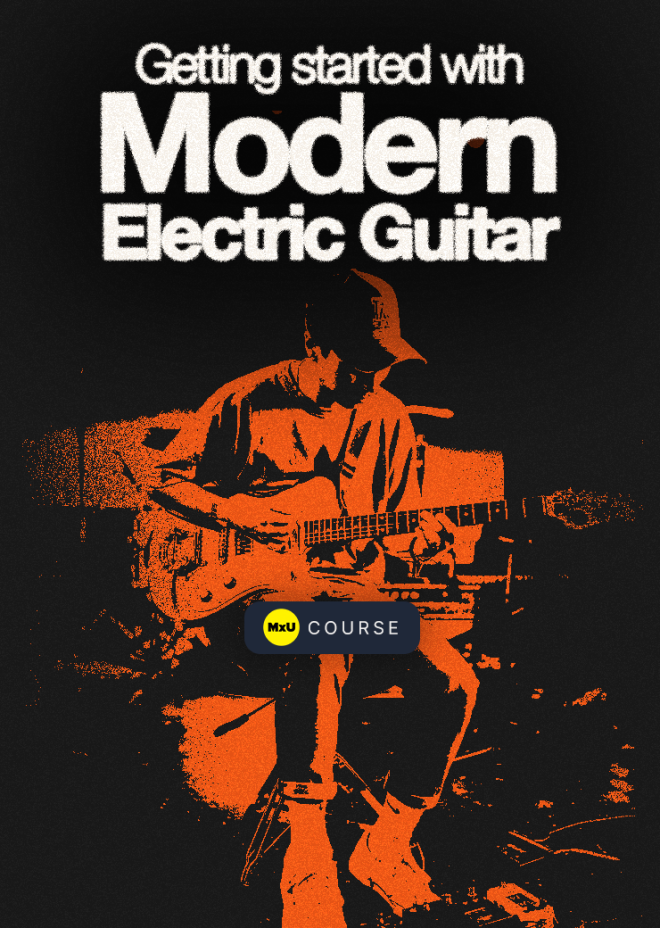

Whether you are a lead guitarist or a rhythm player, this course will provide you with the tools and techniques needed to create a balanced, dynamic, and modern worship guitar sound. Choose the right guitar and effects, understand the roles of lead and rhythm guitar, and effectively use amps and modelers. Learn how to collaborate with other musicians and make informed choices about your gear and playing style.
Choosing the Right Guitar and Effects
Humbuckers and single-coils have their differences, choose the right guitar based on your musical style and worship setting. Essential effects include delay, reverb, modulation, overdrive, and boost pedals. Each effect alters the guitar's sound, learn how to incorporate them into your playing to enhance the overall sound.
Lead vs. Rhythm Guitar
Lead and rhythm guitar should complement each other. Learn how to play parts in different frequency ranges to avoid overlapping and achieve a fuller sound. Adjust your use of effects based on your role as a lead or rhythm guitarist to maintain clarity and definition in your sound.
Amps and Modelers
Compare the pros and cons of using amplifiers versus amp modelers. See the benefits of each, including sound quality, maintenance, portability, and ease of use. Understand when to use amps or modelers based on the size and acoustics of the vroom, as well as the needs of the production team and the overall worship experience.
Collaboration
Learn the importance of collaborating with other team members, particularly the front-of-house engineer, to create a cohesive and balanced worship mix. Understand how to balance frequency ranges between guitar parts to ensure each instrument stands out and contributes to the overall sound without clashing.
Videos









